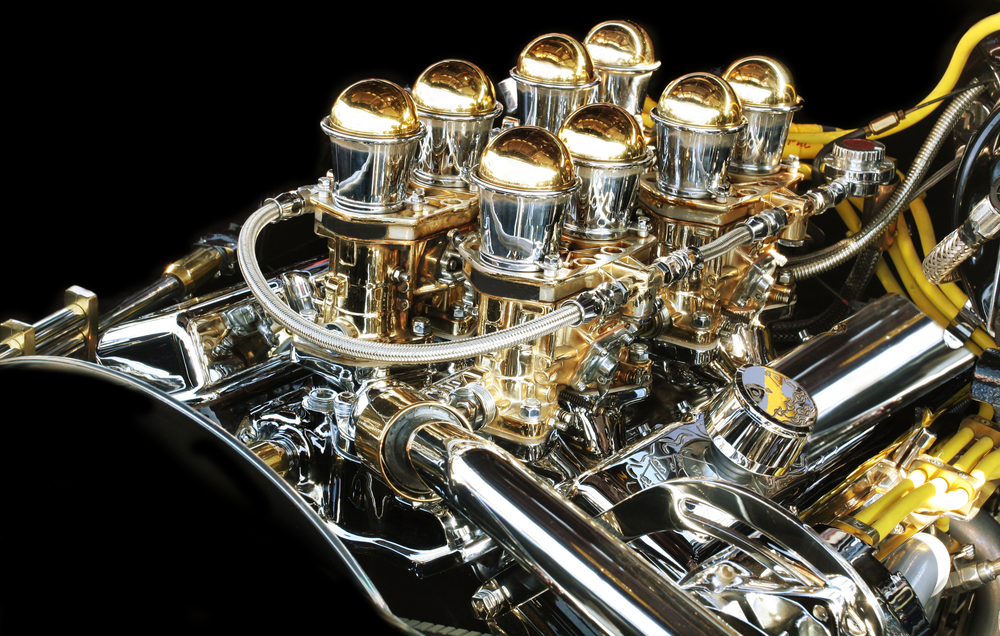
Scientists at Lawrence Livermore National Laboratory are developing models of high- performance fuels to see how they would perform in advanced internal combustion engines as part of the Department of Energy’s Co-Optimization of Fuels & Engines initiative.
The initiative’s goal is to improve air quality, reduce energy consumption, and lower drivers’ costs.
Research has shown new fuel blendstocks have the potential to improve vehicle fuel economy in passenger vehicles optimized with advanced gasoline engines, by 10 percent.
The laboratory’s scientists will identify the key fuel properties that enable high efficiency and performance in advanced combustion engines.
“Increasing the efficiency of internal combustion engines is one of the most cost-effective approaches to improving the energy efficiency of new vehicles in the near- to mid-term in conventional, hybrid and plug-in hybrid electric vehicles,” Daniel Simmons, principal deputy assistant secretary for the Office of Energy Efficiency and Renewable Energy, said. “Researching engines and fuels as a system offers the opportunity to improve the affordability and efficiency of future gasoline engines for American families and businesses.”
An additional study, Efficiency Merit Function for Spark Ignition Engines, includes a mathematical equation for determining the fuel efficiency potential associated with different fuel properties.
For most Americans, transportation is their largest expense after housing.